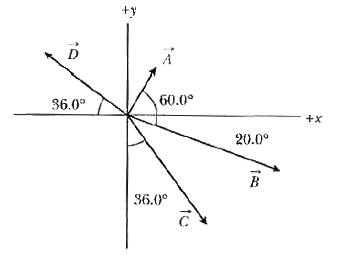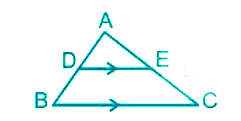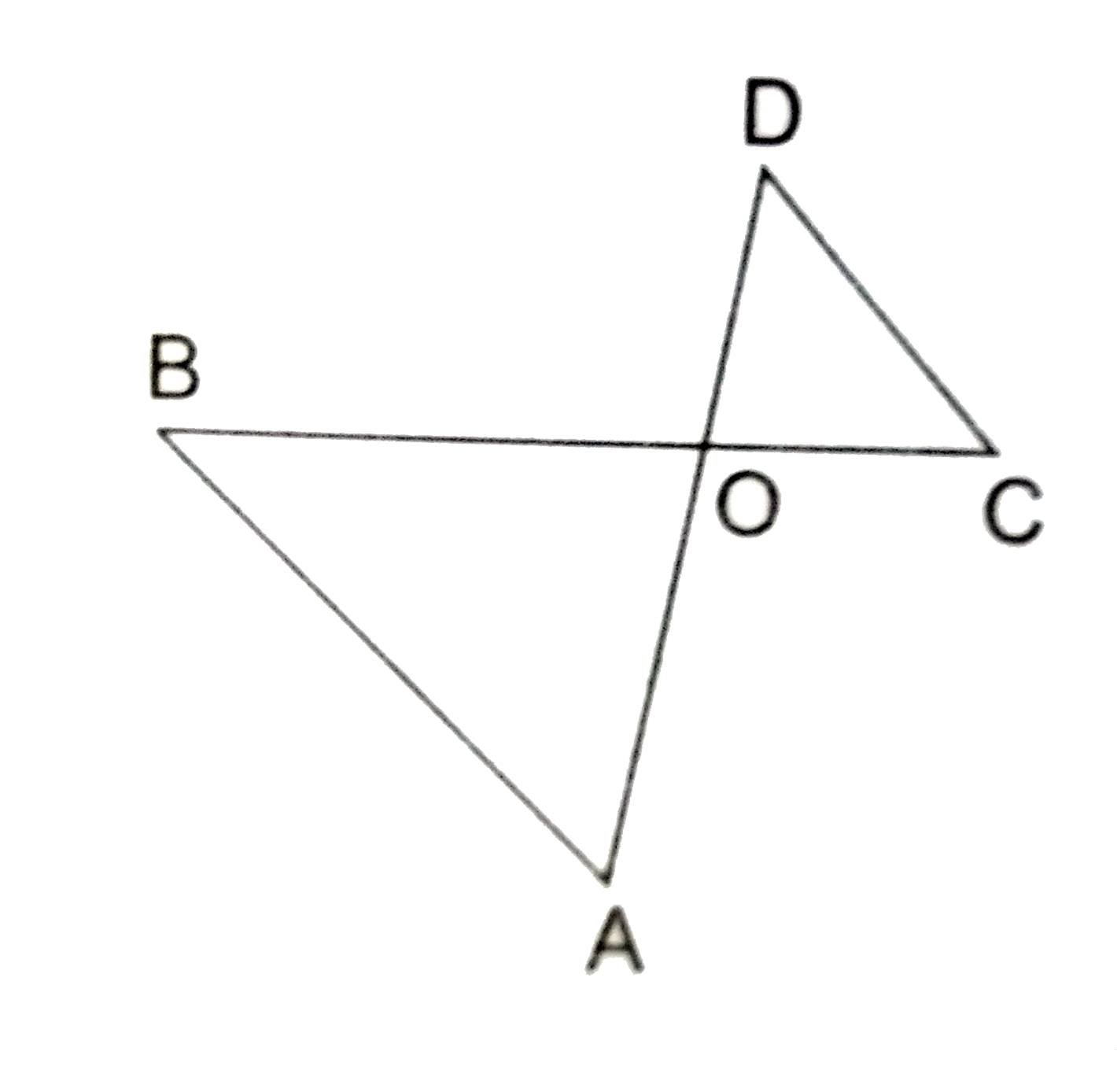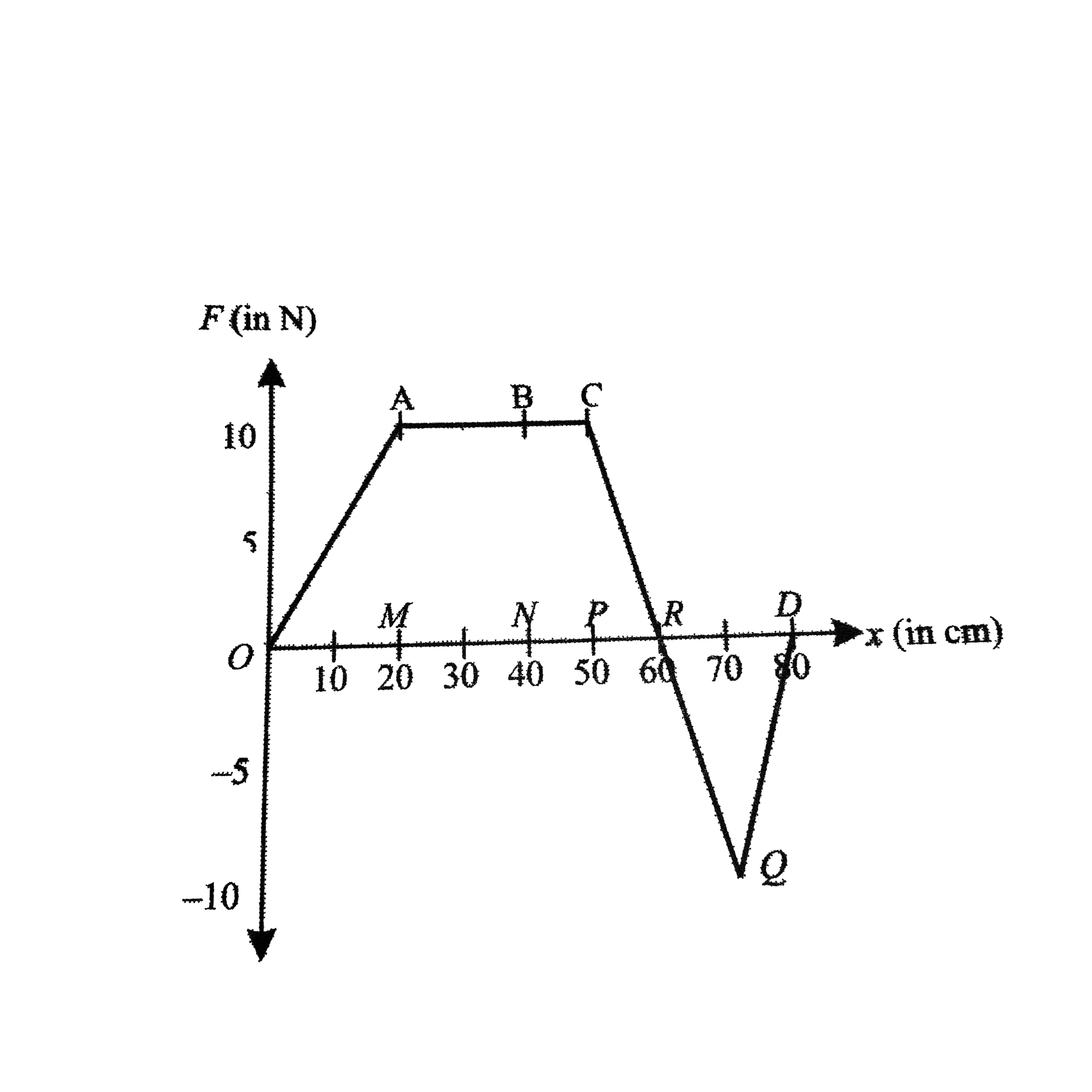Use the component method of vector addition to find the components of the resultant of the four displacements show in the figure. The magnitudes of the displacements are : A=2.25cm,B=6.35cm,C=5.47cmandD=4.19cm.

x componenty component2.19cm−6.92cm
x componenty component3.71cm−1.09cm
x componenty component5.45cm−2.82cm
x componenty component6.93cm−2.19cm
The correct Answer is:D
Step by step video, text & image solution for Use the component method of vector addition to find the components of the resultant of the four displacements show in the figure. The magnitudes of the displacements are : A = 2. 25 cm, B = 6.35 cm, C =5.47cm and D = 4.19cm. by Physics experts to help you in doubts & scoring excellent marks in Class 12 exams.
Updated on:21/07/2023Topper's Solved these Questions
- VECTORS Book:RESNICK AND HALLIDAYChapter:VECTORS Exercise:PROBLEMS
Explore 34 Videos
- UNITS AND MEASUREMENT Book:RESNICK AND HALLIDAYChapter:UNITS AND MEASUREMENT Exercise:PRACTICE QUESTIONS (MATRIX-MATCH)
Explore 11 Videos
- WAVE - IIBook:RESNICK AND HALLIDAYChapter:WAVE - IIExercise:PRACTICE QUESTIONS (INTEGER TYPE)
Explore 5 Videos
Similar Questions
Knowledge Check
A body is executing SHM. If the force acting on the body is 6N when the displacement is 2cm, then the force acting on the body at a displacement of 3cm is
A6NB9NC4ND√6NIn the given figure if DE∣∣BC, AD = 2.5 cm, DB = 3.5 cm and EC = 4.2 cm, then the measure of AC is:
 A(A). 3 cmB(B). 3.2 cmC(C). 7.2 cmD(D). 7.4 cm
A(A). 3 cmB(B). 3.2 cmC(C). 7.2 cmD(D). 7.4 cm
In the adjacent figure x= (1)5.8cm(2)6.8cm(3)4.8cm
View SolutionThe circumradius of an equilateral triangle is 8 cm. The inradius of the triangle (a) 3.25 cm (b) 4 cm (c) 3.5 cm (d) 4.25 cm
View SolutionIf the resultant of two forces is equal in magnitude to one of the components and perpendicular to it direction, find the other components using the vector method.
View SolutionA cylinder with base radius of 8 cm and height of 2 cm is melted to form a cone of height 6 cm. The radius of the cone is (a) 4 cm (b) 5 cm (c) 6 cm (d) 8 cm
View SolutionIn the given figure, ΔOAB~ΔOCD. If AB=8cm,BO=6.4cm,OC=3.5cmandCD=5cm find (i) OA (ii) DO.

View SolutionThe lengths of the diagonals of a rhombus are 24cm and 32cm, then the length of the altitude of the rhombus is:
(a) 12 cm
(b) 12.8 cm
(c) 19 cm
(d) 19.2 cm
View Solution


